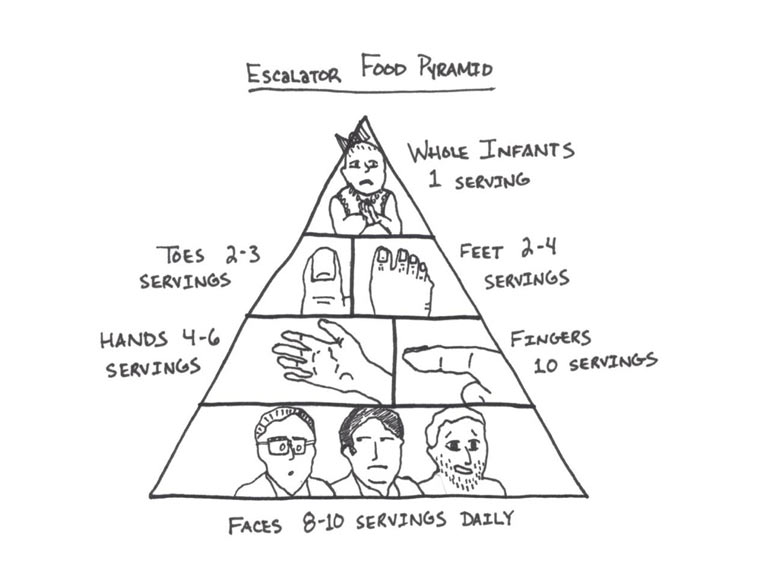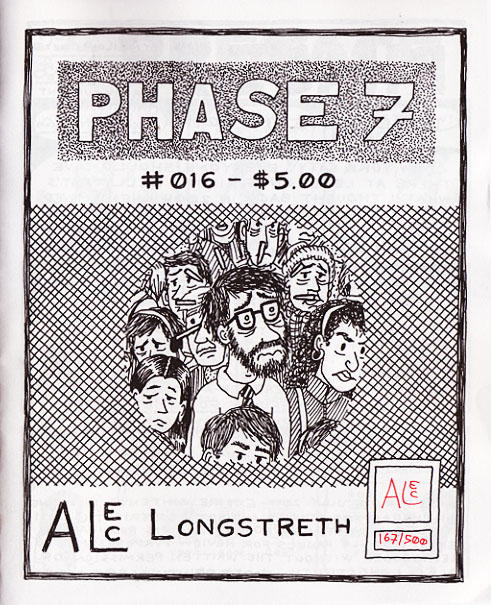 Alec Longstreth: Phase 7
Alec Longstreth: Phase 7
The personal zine or “perzine” genre is one of the most popular in independent publishing (we’ve covered a few here, like EmiTown and King-Cat). It can be hard to distinguish yourself in such a crowded field, but Alec Longstreth’s Phase 7 stands out. Published by the author since 2002, Phase 7 is a series of minicomics, most recently alternating between five-issue adventure story “Basewood” and sketchbook issues on the artist’s life. It’s personal, funny, and, incredibly, quite original.
Despite its most recent form, Phase 7 is much more than “Basewood” and even departs frequently from personal stories. As Longstreth says, “The subject matter of each issue of Phase 7 varies widely, depending on what kind of stories I want to tell. I’ve done auto-bio, attempts at serious fiction, humor, comics essays, stick-figure diary comics, and sketchbook issues.” Variety is the key to Longstreth’s longevity, but it also seems like the outgrowth of a natural impulse to continue experimenting and learning.
Issue #16 in particular covers Longstreth’s years in New York, struggling to make a living and forget old loves while pursuing new ones. He also includes plenty of absurd and charming interactions with New Yorkers on the subway or in parks. Random denizens of the city approach him to offer encouragement on his drawing, or simply to yell at him. We see Longstreth at work, out with friends, on dates, and in a wide variety of ways, adjusting to life in New York.
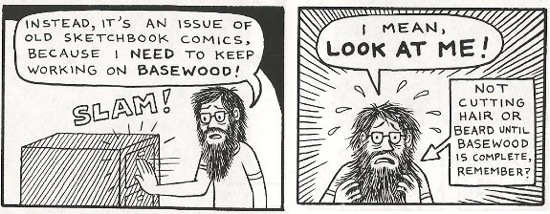
 Family Band: Grace & Lies (No Quarter, 7/24/12)
Family Band: Grace & Lies (No Quarter, 7/24/12)

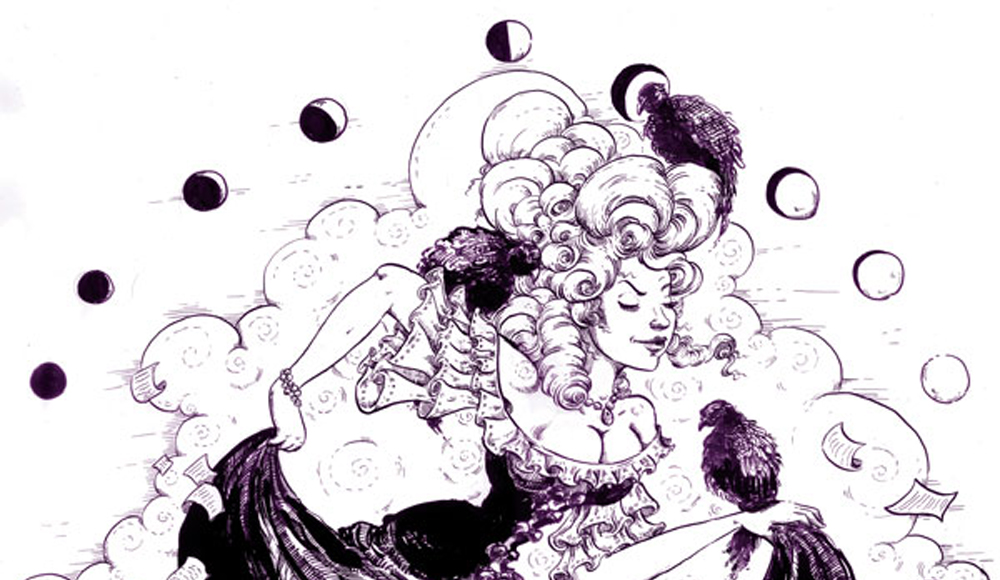


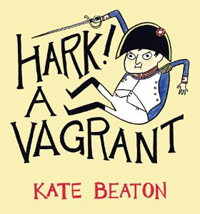



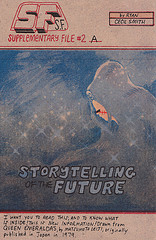 Ryan Cecil Smith
Ryan Cecil Smith
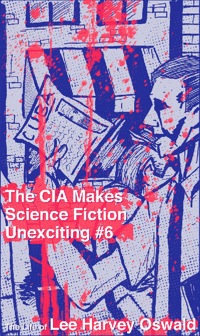

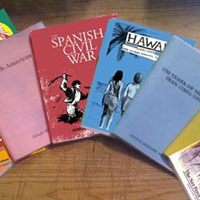 J Gerlach
J Gerlach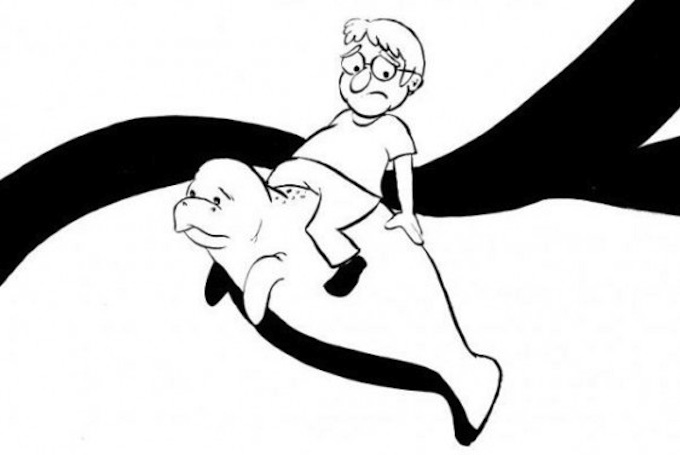


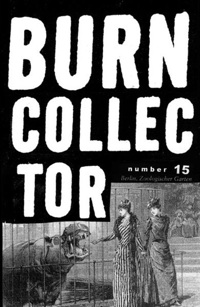
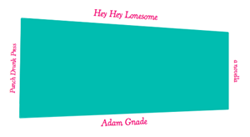 Adam Gnade
Adam Gnade

